Team:TU-Munich/Results/KillSwitch
From 2013.igem.org
Kill Switch
The Kill Switch mechanism is the most complex and ambitious aspect of our project on the protein level. The DNA constructs are very large and even exceed the Part Registry´s frame (Fig. 1). For details on its design and function see here. We were very excited to start experimenting with the killswitch moss. However, when we opened the redlight filter foil, we found none of the allegedly transgenic moss lines had survived. There is a variety of possible reasons for this outcome that need to be discussed in order to improve our approach.
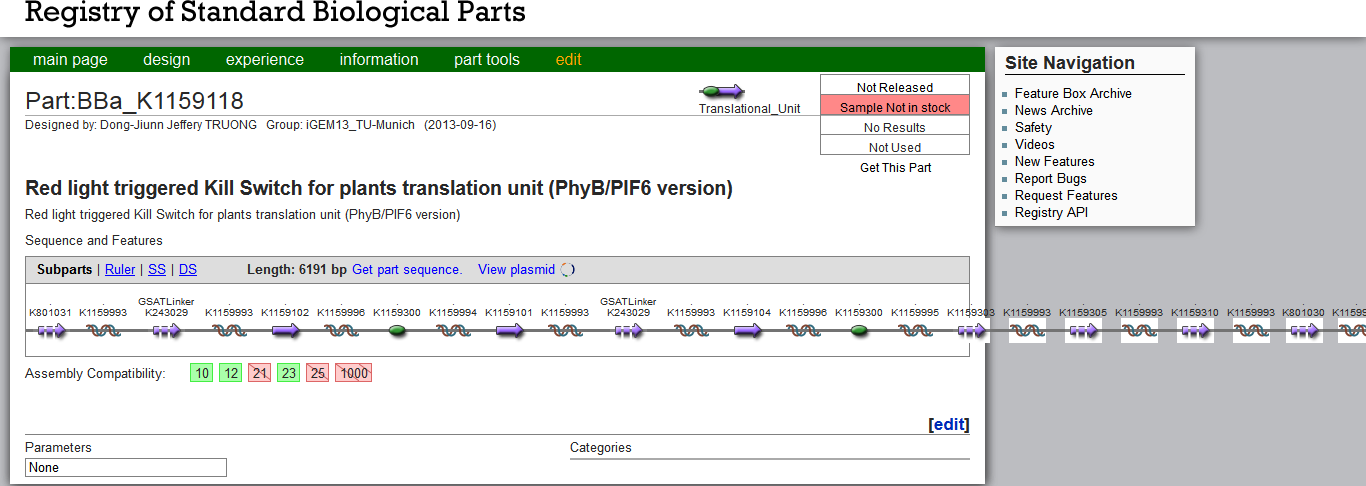
Transformation of the large DNA constructs
For the PEG-mediated moss transformation, we used plasmids linearized with EcoRI. Contrary to the targeted gene transfer described by Hohe et al., 2003, our constructs contain no flanking homologuos regions. Our random integration transformation worked successfully for our other contructs, whereas the large Kill Switch construct might need further inquiry for a suitable integration site. Due to its size, the construct might be less stable and require sensitive handling.
bacteria -> codon usage
Level of promoter activity
Photosensitivity
References
[Gitzinger et al., 2009] Functional cross-kingdom conservation of mammalian and moss (Physcomitrella patens) transcription, translation and secretion machineries, Plant Biotechnol J. 2009 Feb;7(2):210
[Hohe et al., 2003] An improved and highly standardised transformation procedure allows efficient production of single and multiple targeted gene-knockouts in a moss, Physcomitrella patens, Curr Genet (2004) 44: 339–347
 "
"



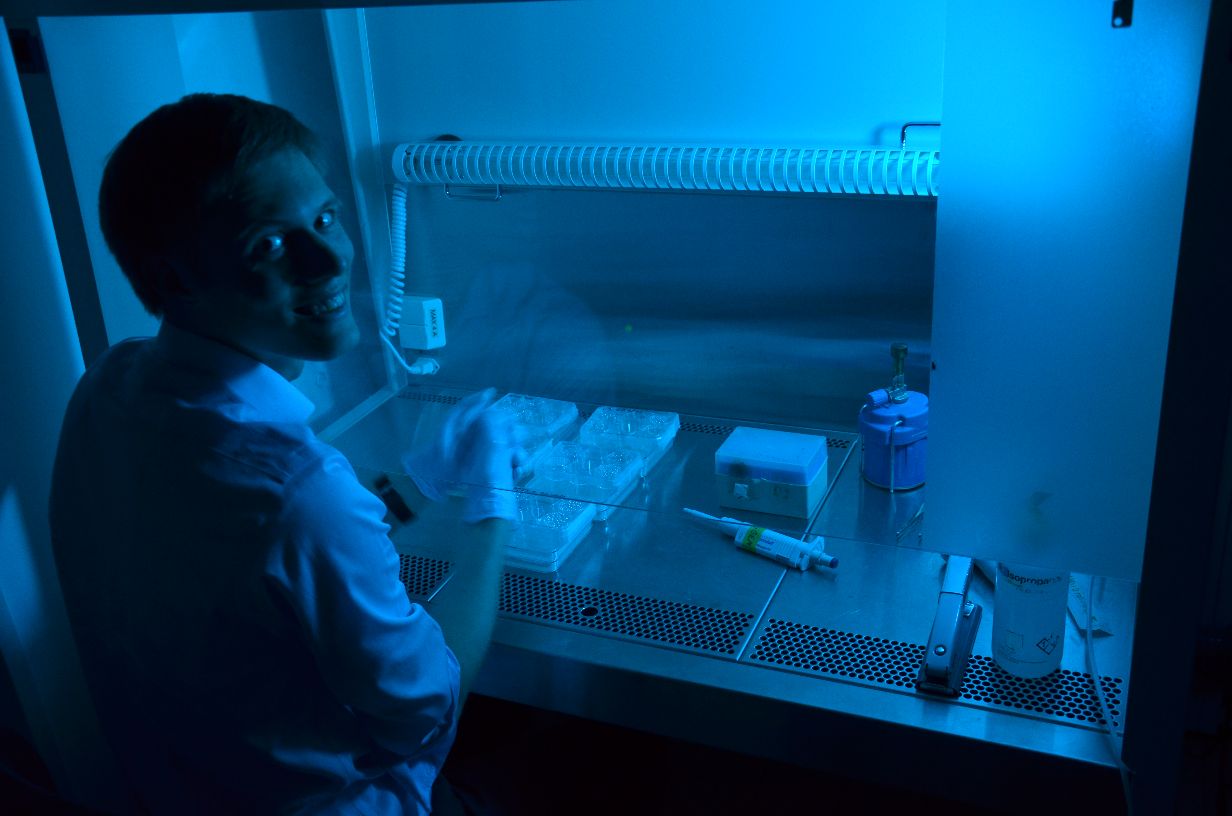
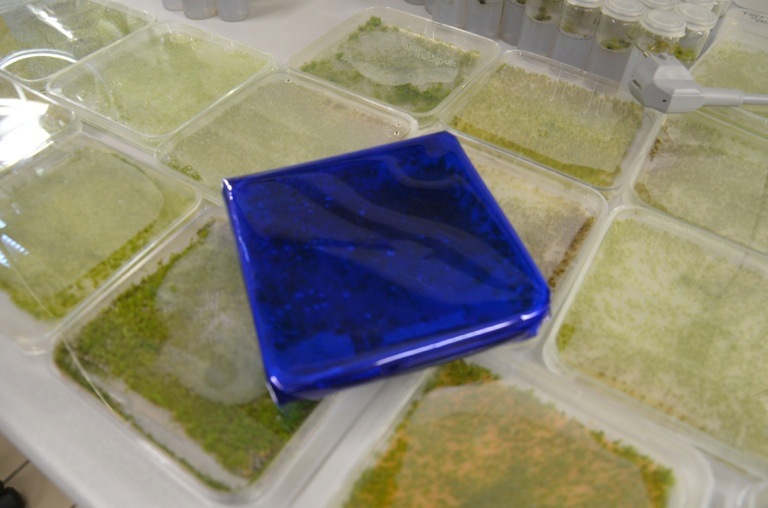
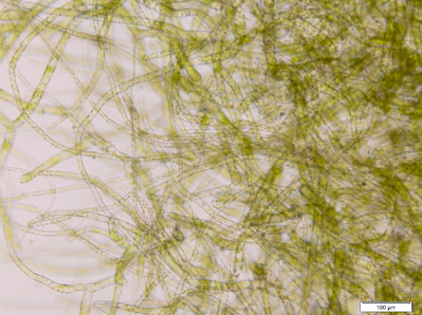
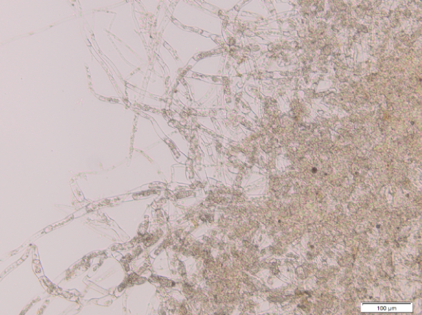
AutoAnnotator:
Follow us:
Address:
iGEM Team TU-Munich
Emil-Erlenmeyer-Forum 5
85354 Freising, Germany
Email: igem@wzw.tum.de
Phone: +49 8161 71-4351